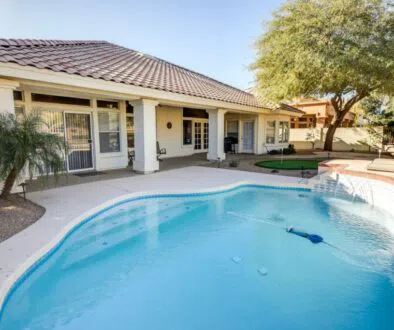How Much Liquid Chlorine to Add to Keep Your Pool Clean
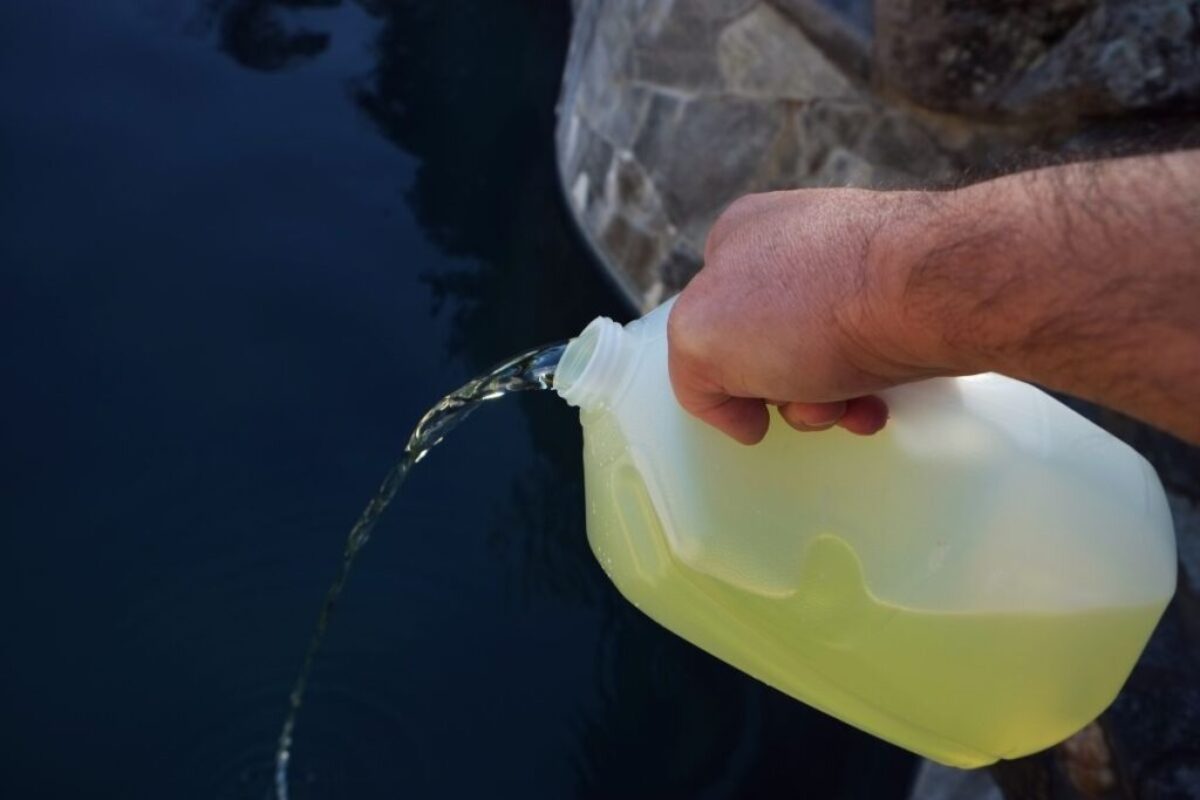
Published Oct. 28, 2024
Maintaining the perfect pool can initially seem daunting, but keeping your water safe and clean doesn’t have to be complicated. One of the most important steps in poor care is knowing how much liquid chlorine to add.
This guide will cover everything you need to know, providing real-life examples, helpful tips, and a step-by-step process for adding liquid chlorine effectively. We’ll also mention some fantastic services Excel Pools Boca provides to help you manage your pool easily and stress-free.
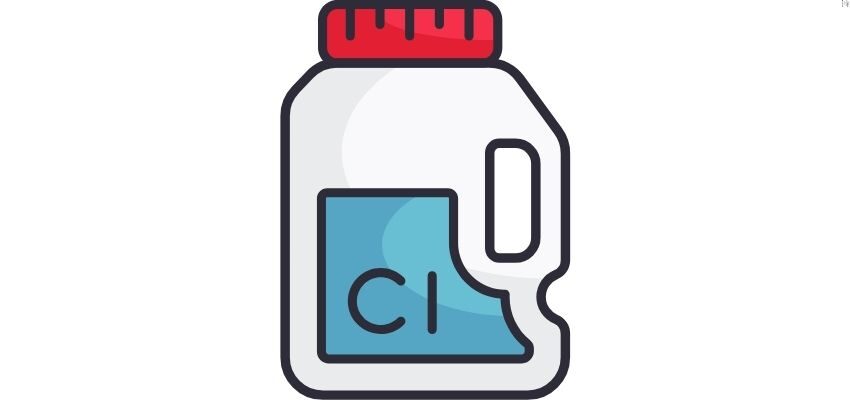
What is Liquid Chlorine
Liquid chlorine or sodium hypochlorite is the same chemical you use for laundry bleach but stronger. It typically contains 10-12% chlorine by volume compared to just 6% in household bleach.
This solution does wonders for your pool by eliminating bacteria, algae, and other harmful organisms. Whether you maintain your pool regularly or deal with major cleaning issues, liquid choline is an affordable and easy-to-use option for pool owners.
A big advantage of liquid chlorine is that it doesn’t leave any residue or require pre-resolving like chlorine tablets. If you’ve ever struggled with adding tablets to a skimmer, you know how finicky that process can be. However, liquid chlorine is as easy as pouring it into your pool, which is great for regular maintenance and emergencies.
When To Add Liquid Chlorine To Your Pool
Timing is crucial when adding chlorine to your pool. You don’t want to overdo it or underdo it. The best time to add liquid chlorine is when chlorine levels drop below 2 ppm (parts per million).
Regular pool water testing ensures you’re aware of your current chlorine levels. Typically, testing your pool at least once a week should be enough, but it’s a good idea to test more often during heavy pool use or after a storm.
One of the biggest reasons chlorine levels drop is the sun. UV rays break down chlorine, making it less effective.
To avoid this, try adding liquid chlorine either early morning or late evening before the sun’s rays can eat away at its effectiveness. Companies like Excel Pools Boca offer monitoring systems that help you track your chlorine levels so you know the perfect moment to add more.

How Much Liquid Chlorine Should You Add
The most common question pull owners have is how much liquid chlorine to add to their pool. The exact amount of chlorine you need depends on the size of your pool and its current water chemistry. You can easily calculate it using a formula based on the pool’s volume.
For every 1,000 gallons of water, add 0.13 ounces of pure chlorine to increase the chlorine level by 1 ppm. Let’s say you’ve got a 10,000-gallon pool and want to raise the chlorine level by 2 ppm.
You must add roughly 26 ounces of liquid chlorine to the pool. Does this sound complex? Don’t worry. Tools like the liquid chlorine calculator on Excel Pools Boca can make this even easier, doing the math for you.
If your pool’s chlorine levels are way off—either too high or too low—you might need to take extra steps like shocking the pool (we’ll get into that later). But for now, a weekly or bi-weekly addition of liquid chlorine will usually do the trick.
How to Add Liquid Chlorine to Your Pool
Once you’ve calculated the chlorine needed for a 1000-gallon pool (or any size), it’s time to add it. First, make sure your pump and filter are running. This will help circulate the chlorine evenly throughout the pool, ensuring all the water is sanitized.
If you’re pouring the liquid chlorine manually, do it carefully. Stand safely from the water, and pour it into the deepest part of your pool. Always remember that the water should be circulating. If you install a chlorinator, the process becomes even easier—just let the machine handle it. Excel Pools Boca offers a variety of high-quality chlorinators that automatically dispense the right amount of chlorine, so you don’t have to worry about a thing.
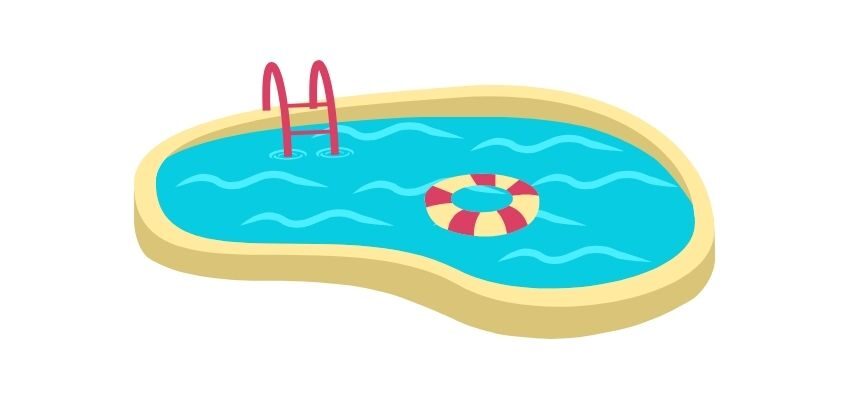
Why Shock Your Pool
Occasionally, you’ll need to “shock” your pool, which involves adding a much larger dose of liquid chlorine. This is typically done when the pool is visibly cloudy, has algae, or has been subject to heavy usage (like after a pool party). Shocking a pool helps reset the chlorine levels and kill off stubborn bacteria and algae that normal chlorine levels might miss.
A liquid chlorine shock is usually done by adding 5-10 ppm of chlorine to your pool, depending on the severity of the issue. After shocking, you’ll need to wait about 24 hours before swimming, so plan accordingly.
Want to help shock your pool? Check out Excel Pools Boca for various maintenance packages that include professional shocking services.
Post-Shock Maintenance
After shocking your pool, it’s essential to continue regular maintenance. This involves testing the chlorine levels, monitoring the pH balance, and occasionally adding more chlorine to maintain the ideal range (2-5 ppm).
Don’t let algae or bacteria take over after a successful shock. Service like the ones provided by Excel Pools Boca can help by providing automatic water testing devices that monitor the chlorine level and pH balance for you.
FAQs
How Often Should I Add Chlorine To My Pool?
It’s best to test your pulse chlorine levels quickly. If your level depth is below 2 ppm, you’ll need to add more liquid chlorine. You may need to test and add chlorine more frequently for pools that get a lot of sun exposure.
How Much Liquid Chlorine Does My Pool Need?
For every 1,000 gallons of pool water, add 0.13 ounces of pure chlorine to raise the chlorine level by 1 ppm. The amount you add depends on the pool size and current chlorine levels.
When Is It Safe to Swim After Adding Liquid Chlorine to the Pool?
After adding liquid chlorine for maintenance, swimming is safe for about 4-5 hours. If you’ve shocked the pool, it’s best to wait at least 24 hours and test the water before jumping in.
Is It Better To Use Liquid Chlorine In A Pool?
Yes. Liquid chlorine is easy to use, cost-effective, and doesn’t leave any residue like chlorine tablets. It’s a great option for those looking to simplify pool maintenance.
Can I add liquid chlorine directly to the pool?
You can add liquid chlorine directly to the pool, ideally in the deepest part. Ensure the pump is running to circulate the water and distribute the chlorine evenly.
Final Thoughts
Knowing how much liquid chlorine to add to the pool is the key to maintaining clean, safe water. It might seem tricky at first, but with a little practice—and help from experts like Excel Pools Boca—you’ll get the hang of ot quickly. Keep up with regular testing, add chlorine when needed, and don’t hesitate to shock the pool when things look off. Following these simple steps, you can enjoy a sparkling pool all season long.
For further reference on pool care, you can visit the Sutro Pool Monitoring System for more details.
Hire Boca’s Favorite Pool Builders
Excel Pool and Patio Solutions is your trustworthy provider of pool services in Boca Raton. We are experts in pool and patio remodeling and can handle your resurfacing needs as well. Our technicians are vetted and trained for your guaranteed satisfaction. Get to know us by browsing our website or reaching out to us with any questions.
Contact our team today to request a free estimate for pool construction, maintenance, repairs and more.
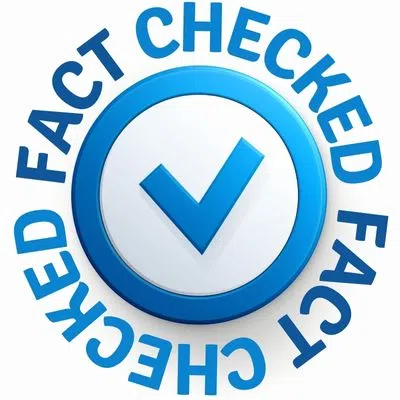
Fact Checked By Experts
This is original content and has been diligently fact checked by our internal team of experts. Discover more about the rigorous editorial standards we uphold for our website here.

About The Author
Hello! I am Corinne, a graduate of Riverside College. My career has evolved into focusing on writing, where I deliver high-quality and meticulously researched content. I have a proven track record of developing helpful articles that engage a wide variety of readers.


